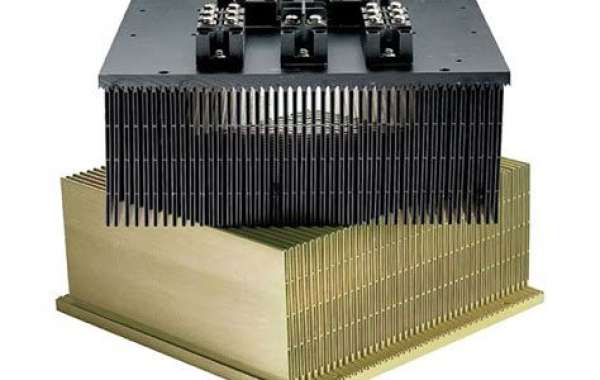In the world of electronics, maintaining optimal temperatures is critical to ensuring device performance, longevity, and reliability. As electronic components continue to shrink in size while increasing in power density, effective cooling solutions become essential. One of the most widely used methods for managing heat in electronic devices is the cooling heat sink.
What is a Heat Sink?
A heat sink is a passive heat exchanger designed to dissipate the heat generated by electronic components, like processors, graphics cards, and power transistors. It works by transferring the heat away from the component and releasing it into the surrounding environment, typically through conduction and convection. Made from materials with high thermal conductivity, such as aluminum or copper, a heat sink is an essential component in systems where excessive heat buildup can cause malfunction or permanent damage.
How Does a Cooling Heat Sink Work?
The basic working principle of a cooling heat sink involves the movement of heat from a high-temperature source to a cooler area. When an electronic component operates, it generates heat that can accumulate and cause overheating if not managed. The heat sink, attached directly to the component, absorbs the heat and dissipates it through fins that increase the surface area for better air exposure and heat release. The addition of fans or airflow over the fins can further enhance this process, promoting more efficient cooling.
Types of Heat Sinks
There are various types of cooling heat sinks tailored to different applications and cooling requirements:
Active Heat Sinks: These include built-in fans that actively force air over the heat sink to increase cooling capacity. They are typically used in high-performance systems like computers and gaming consoles where components operate at higher temperatures.
Passive Heat Sinks: These rely solely on natural airflow and the conductivity of the material itself, offering quieter operation without additional energy consumption. Passive heat sinks are ideal for low-power devices and systems where space constraints make it impractical to add fans.
Bonded and Stamped Heat Sinks: Bonded heat sinks are created by bonding multiple layers of material to increase surface area, while stamped heat sinks are manufactured using a stamping process that allows for complex designs. Each design has its advantages, depending on the cooling requirements and space limitations of the device.
Choosing the Right Cooling Heat Sink
Selecting the appropriate cooling heat sink is essential for optimizing thermal management. Factors to consider include the heat dissipation requirements, the size and design constraints of the device, and the operational environment. For high-power applications, a larger, active heat sink may be necessary, whereas for smaller, low-power devices, a passive heat sink may suffice.
The Importance of Cooling Heat Sinks in Modern Technology
With the growing demand for compact, high-performance electronics, the role of cooling heat sinks in thermal management has never been more crucial. As devices become more powerful, ensuring efficient heat dissipation is essential to prevent overheating, which can lead to component failure and even data loss. In industries like computing, telecommunications, automotive, and industrial machinery, well-designed heat sinks are key to achieving both performance and reliability.
By choosing the right cooling heat sink and integrating it effectively into a system’s design, engineers can extend the lifespan of electronic components and ensure that they function within safe temperature limits.




